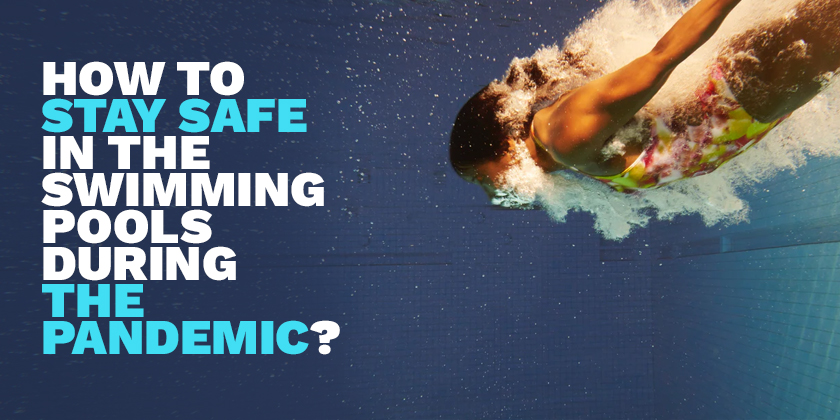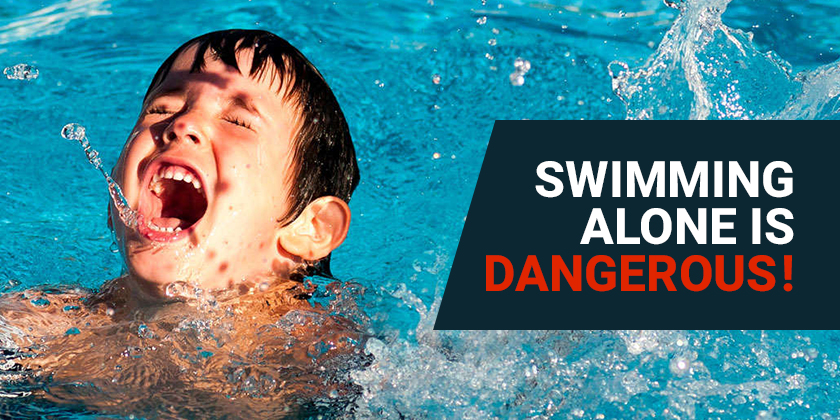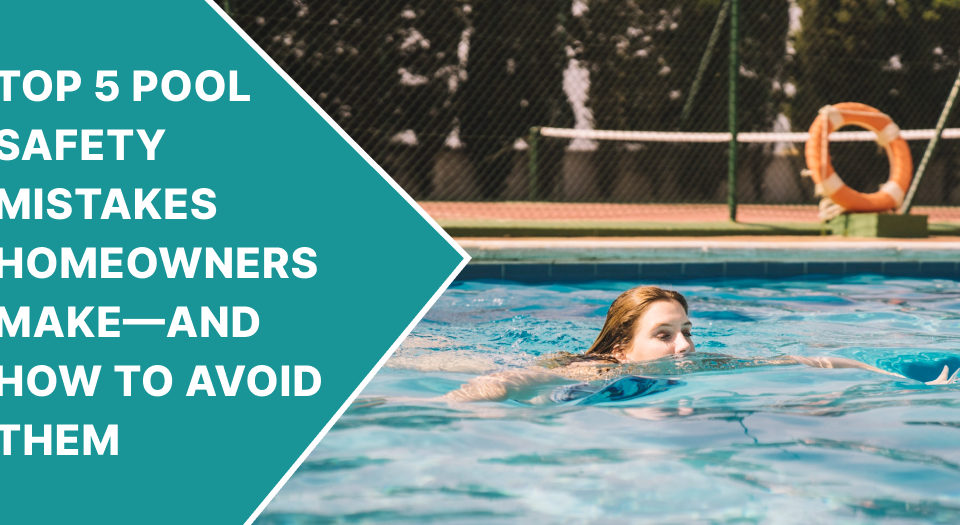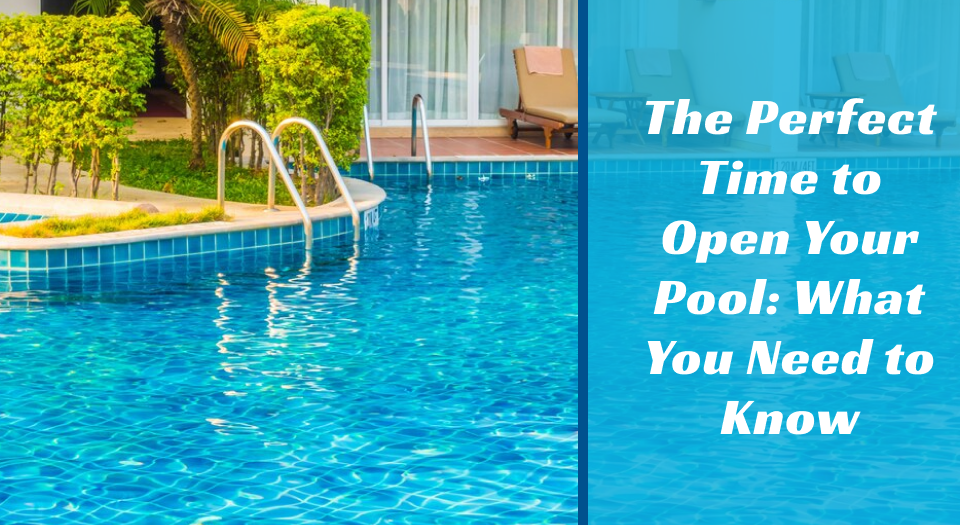
Is It Safe To Add Chlorine In Swimming Pools?
August 15, 2020
Reopening of Public Swimming Pools During COVID-19: How To Stay Safe
September 29, 2020More than 3,500 people in the United States die from drowning every year. ~CDC
It is the fifth most common cause of accidental death in the country. Most people who die by drowning are children.
Drowning can occur in a fraction of seconds, so swimming alone is not a great idea. For the safety of your kids, do not leave them unsupervised when enjoying time in any body of water, even a shallow one. Even if you’re an adult or a professional swimmer, you shouldn’t swim alone because circumstances beyond your control can lead to fatal consequences. The average person can hold their breath for around 30 seconds and experts for 2 minutes but for children the length is even shorter.
Drowning happens quickly so being proactive about preventing drowning accidents is essential.
Practices to prevent drowning
Children between the ages of 5 and 14 years, as well as adolescents and adults over 65, have a higher risk of drowning. Children under five years old face an extremely significant risk of drowning. Below are some practices that you must follow to prevent drowning accidents:
#1. Pools
If you have a pool in your backyard, consider protecting them with Life Savers Pool Fence. The pool fence will prevent your kids and pets from accessing the swimming pool in your absence. Moreover, don’t allow anyone to swim alone, as accidents can lead to fatal consequences. You can also install pool alarms that will notify you with a message if someone is accessing the pool in your absence.
#2. Do not swim under the influence of alcohol
According to the World Health Organization notes, “Alcohol consumption is one of the leading causes of adult drownings.”
Just like driving, it’s dangerous to swim when you’re under the influence of alcohol. Drinking dulls your senses, slows your reaction time, and generally makes it much more dangerous in and around water. It can also impair your judgment and can lead to irresponsible decisions like swimming alone, and going out too far. This risk of drowning can be reduced by taking a lifeguard with you or carrying rescue equipment with you while swimming.
#3. Lakes and Rivers
Lakes and rivers both pose problems to swimmers who swim alone. It’s difficult to tell what the depth of the lake is and you can get stuck in weeds and grass underwater, increasing the risk of drowning. Moreover, fast-flowing river water can knock you down, and you can fall from sliding on slippery rocks. If you hit your head, drowning is a real possibility.
#4. The Ocean
Oceans are dangerous for swimming alone due to the strong currents called riptides. These rough tides can drag you out too far and maybe too far that you can’t make it back safely on your own. So ensure that you always have a swimming buddy or a lifeguard on duty who can help you get out of a dangerous situation.
While swimming is a fun activity, understanding water safety and avoiding dangerous situations when in the water is serious business. Make sure to protect your kids from drowning in the pool by installing a pool fence around your swimming pool. Also, make sure that anyone near and dear does not go swimming alone.
Want to install a pool fence for your swimming pool, get in touch with Life Saver Pool Fence!




